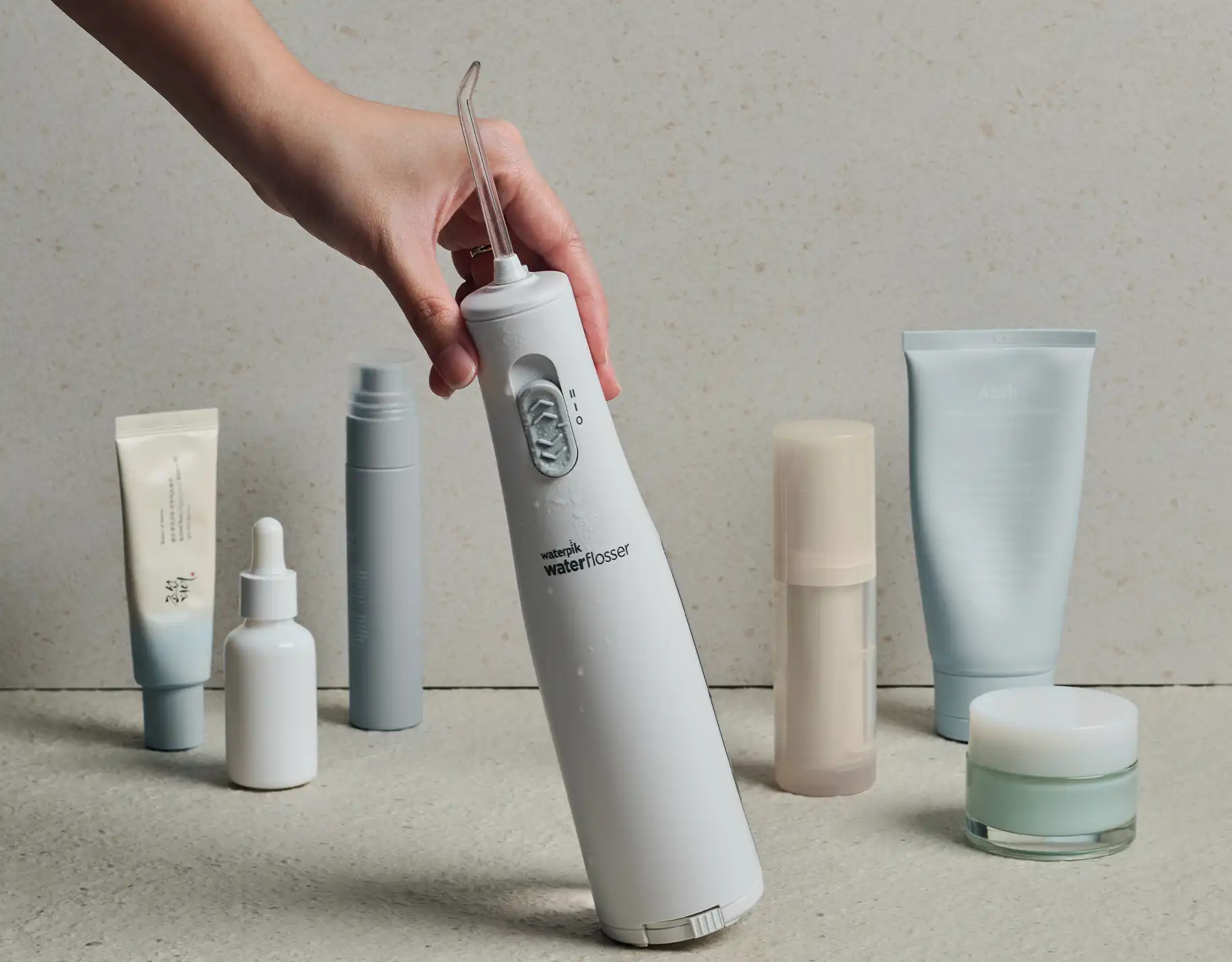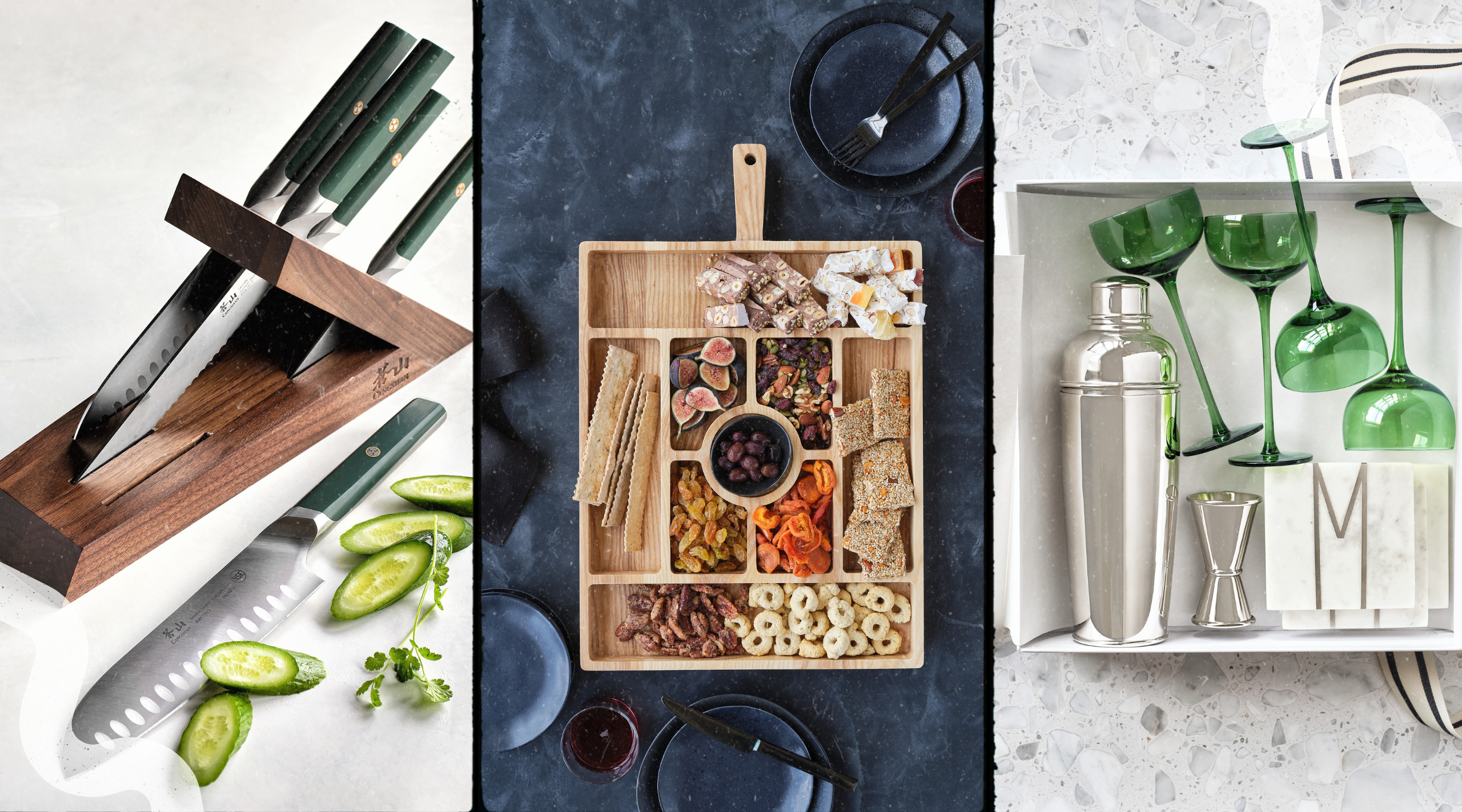Why Flossing Our Teeth Is A Must For Every Family’s Bathroom Ritual
Brushing our teeth is a ritual in itself, and this is why we have to teach our kids how to floss their teeth
Sometimes, even when we spend minutes brushing our teeth, we still end up with cavities. But it’s not because we’re not scrubbing hard or fast enough. It’s because of the shape of our teeth. Especially since we Filipinos love fried fish, hearty and meaty stews, and sweet desserts, it’s no surprise that we’ll find some food debris stuck in between the gaps of our teeth. We can try gargling mouthwash multiple times or using toothpicks, and it’ll still be stuck. Here’s why we should teach our kids and ourselves how to floss our teeth:

1. Flossing reaches spaces in between the teeth
We can have the most high-tech toothbrushes and still miss a few bits simply because the spaces between our teeth are too small for the bristles to reach. When we try to reach into those spaces, we also end up damaging our gums from hard brushing. At least with flossing, we can use the string or water to get in between. But most dentists have been recommending the Waterpik Water Flosser since it uses the pressure of the water to just wash out the dirt, lowering the risk of cutting our gums.
2. It’s a lot cheaper than going to the dentist to have cavities filled
Even with health insurance, dental care isn’t the first thing we use it on. Sure, most packages have free cavity filling. But that’s only for two teeth. The rest, we’ll have to pay for up front, and it can be costly. Unfortunately, if we’re the kind of people who forget to professionally clean our teeth every six months, then we’re more prone to building up cavities.
Flossing, because it takes out the food bits, prevents them from decaying and producing acids that wear down the teeth. It may be tiresome to floss, but that’s the beauty of using a water flosser; the water pressure can be strong enough to blast through the dirt and cut the usual time spent in half.
3. It gets rid of the plaque
Besides food bits, teeth build up something called plaque — a layer of dirt that eventually hardens around our teeth. A lot of times, we don’t notice this because they usually take a long time to build. Besides food bits, plaque also builds when we take in too many drinks and not enough water. Sometimes when it’s already as hard as a rock, the only way to get rid of it is to dig it out by flossing. While some are comfortable with string, others prefer water flossing by using the water to break down the debris.
4. It reduces the damage to our gums
While brushing hard works on our teeth, it’s not good for our gums. Even if the bristles are soft, the speed and the weight of our hands can scratch them. If our gums are already swelling then, that means we have gingivitis, which is why we bleed everytime we brush our teeth. It can get worse and become periodontitis if we’re not careful!
While Vitamin C helps deal with gingivitis, it’s only in the early stages. Flossing is the best way to go!

Flossing our teeth may be tiresome but it’s the best way to keep our smiles!
Smiling always makes the world look and feel brighter. But how can any of us smile when we’re worried about our bad breath, discolored teeth, and cavities? That’s why some dentists stress the importance of flossing; start the kids early by flossing next to them with the typical string or a high-tech and cool-looking water flosser. Doing so will help them turn it into a habit and, eventually, save them from long dental bills too!
More about health?
Baby’s First Skincare: Cetaphil Baby is the Healthy Start Our Babies’ Skin Deserve
Parents’ Choice Awards 2024: Baby Care
What To When Our Kids Have A Loose Tooth









